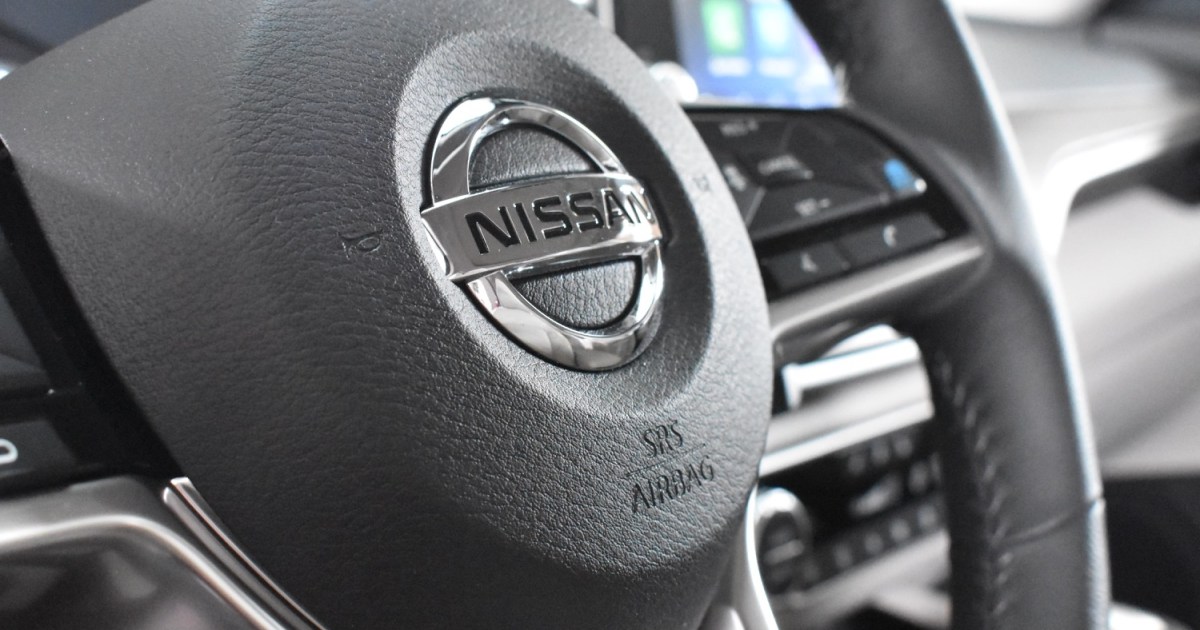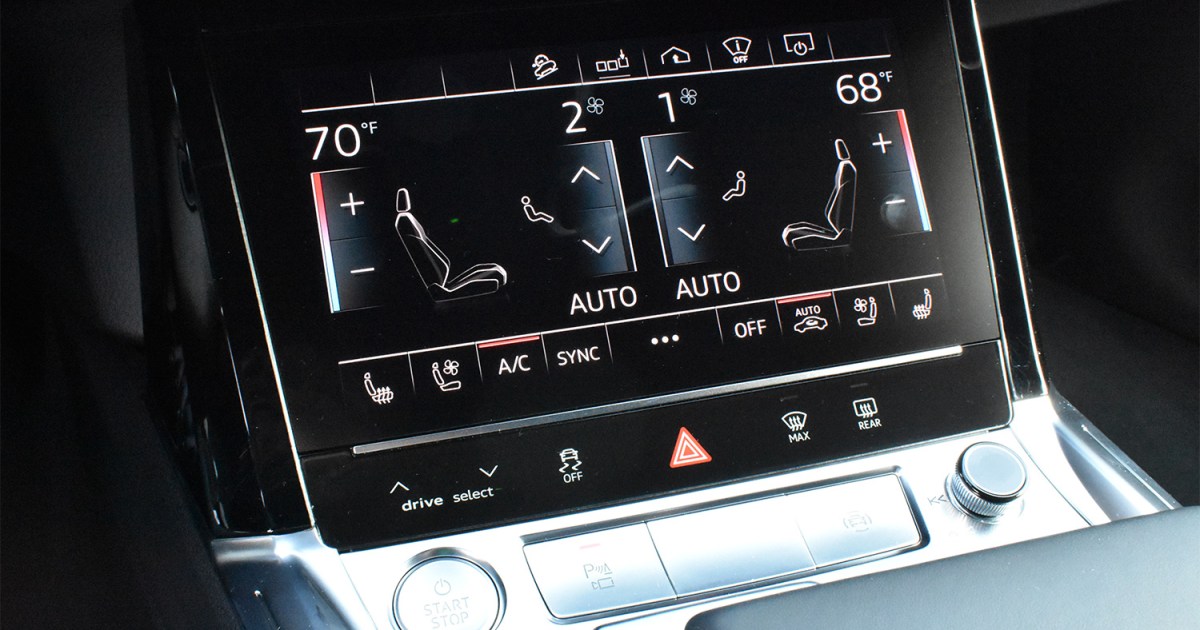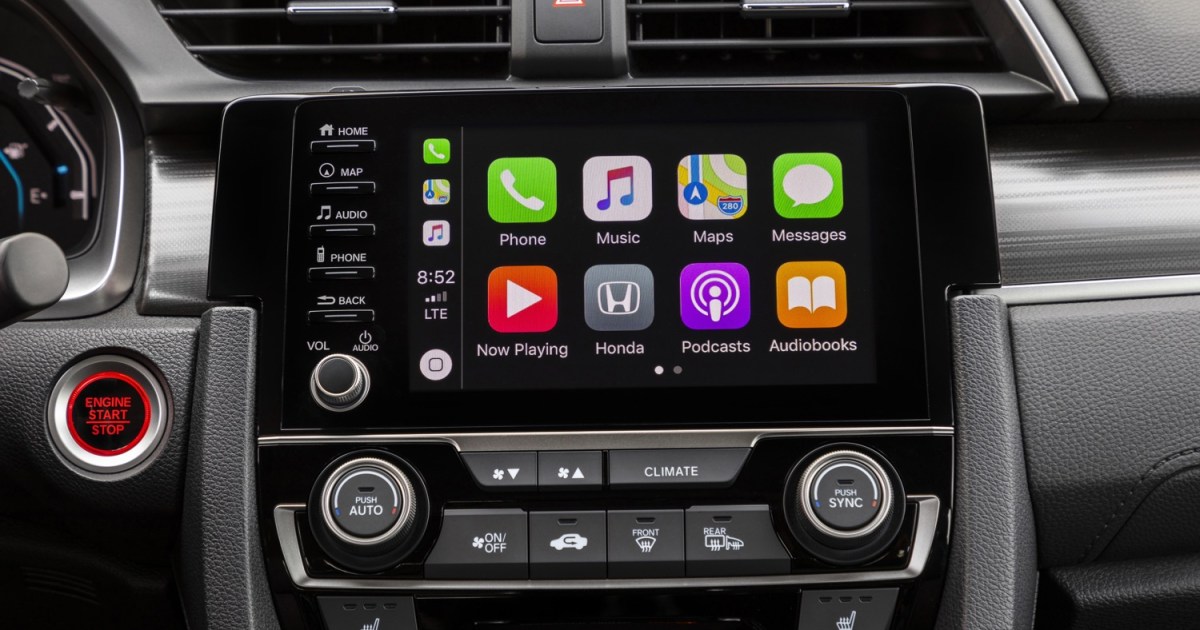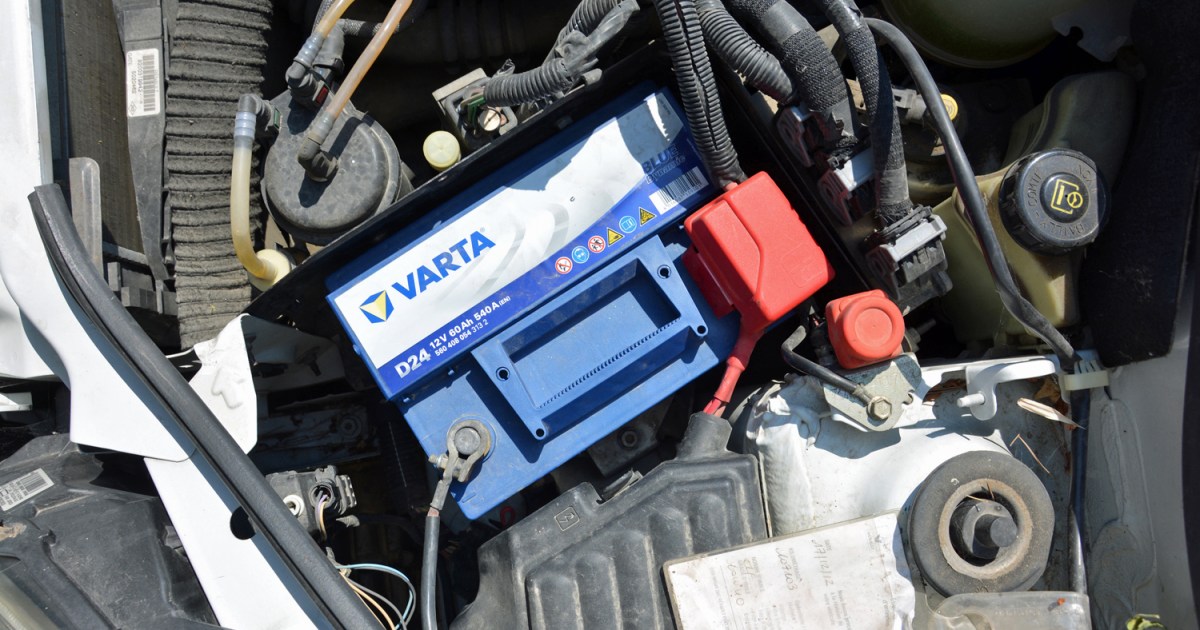Just a few years ago, advanced driver-assistance systems (ADAS) like lane keep assist and adaptive cruise control were exclusive to luxury vehicles. Today, they’re becoming standard even in entry-level models. Nissan’s ProPilot Assist stands out with its semi-autonomous capabilities, designed to ease the stress of driving, particularly in congested traffic.
Understanding ProPilot Assist
Initially introduced in the Nissan Rogue, ProPilot Assist expanded to the Infiniti QX50 in 2019. Building upon common ADAS features, this system utilizes cameras, radar, sensors, and a dedicated electronic control module to maintain lane centering and a safe following distance, reducing driver input.
On highways, with ProPilot Assist engaged, the system scans for lane markings. Upon detection, steering assist and Intelligent Cruise Control activate, keeping the vehicle within its lane at the set speed. If lane markings become undetectable, the system alerts the driver and disengages lane centering.
In stop-and-go traffic, ProPilot Assist can manage the vehicle’s speed and braking. However, stops exceeding three seconds require driver reactivation via the accelerator or a steering wheel button.
ProPilot Assist’s Limitations
While ProPilot Assist offers significant driver assistance, it’s not without limitations. In conditions with obscured lane markings, such as snow-covered roads, the system may struggle. Performance can also be affected by low-light conditions. Additionally, the system is deactivated during heavy rain or active wiper use, though it can function with intermittent wiper activation.
Crucially, ProPilot Assist doesn’t enable fully autonomous driving. Drivers must remain attentive and ready to take control. The system monitors driver engagement, issuing warnings if hands are off the steering wheel. Escalating alerts include beeps, visual warnings, and brake taps. If the driver remains unresponsive, the system will bring the vehicle to a controlled stop and activate hazard lights.
ProPilot Assist Availability
Since its debut, ProPilot Assist has become available in a growing number of Nissan and Infiniti models, either as a standard feature or an option. Models offering ProPilot Assist in 2019 include:
- Nissan Rogue
- Nissan Rogue Sport
- Nissan Leaf
- Nissan Altima
- Infiniti QX50
The Future: ProPilot Assist 2.0
ProPilot Assist represents just the initial phase of Nissan’s autonomous driving vision. The forthcoming ProPilot 2.0 promises significant advancements:
- Hands-Free Operation: ProPilot 2.0 eliminates the need for constant hand-on-wheel contact, utilizing a driver monitoring system.
- Automated Lane Changes: The upgraded system will proactively suggest and execute lane changes, requiring driver confirmation via turn signals.
ProPilot 2.0 incorporates an expanded sensor suite, including sonar, radar, and cameras, working in conjunction with navigation and GPS data for enhanced environmental awareness.
ProPilot and the Path to Autonomy
It’s important to understand that ProPilot Assist, even in its advanced iterations, is not fully autonomous driving. It’s classified as Level 3 autonomy, meaning the driver is still expected to maintain overall control.
While ProPilot 2.0 represents a significant step forward, it’s not a complete solution. Driver vigilance remains paramount. The success of these systems hinges on responsible use, avoiding complacency and maintaining situational awareness.
Nissan’s journey toward autonomous driving is ongoing, with ProPilot Assist serving as a foundation for future developments. The ultimate goal of zero emissions and zero fatalities underscores their commitment to enhancing driver safety and paving the way for a more automated future.











